Filter data
|
ID |
Nickname |
Country / City |
Languages |
Taxonomies |
Comment |
Project / Group |
Map |
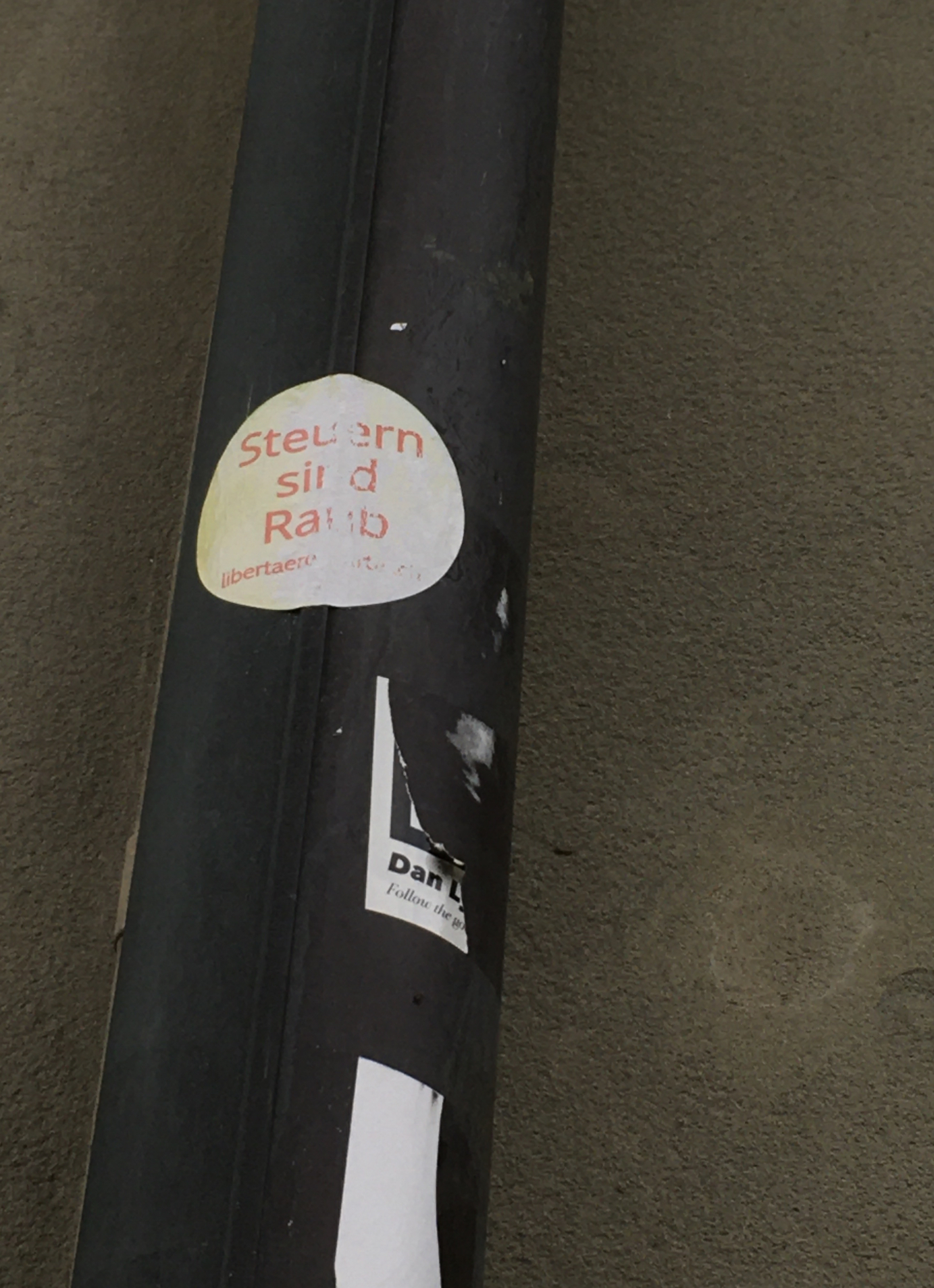
|
148979
|
|
Svizzera
Bern
|
|
|
draussen Rohr
|
|
|
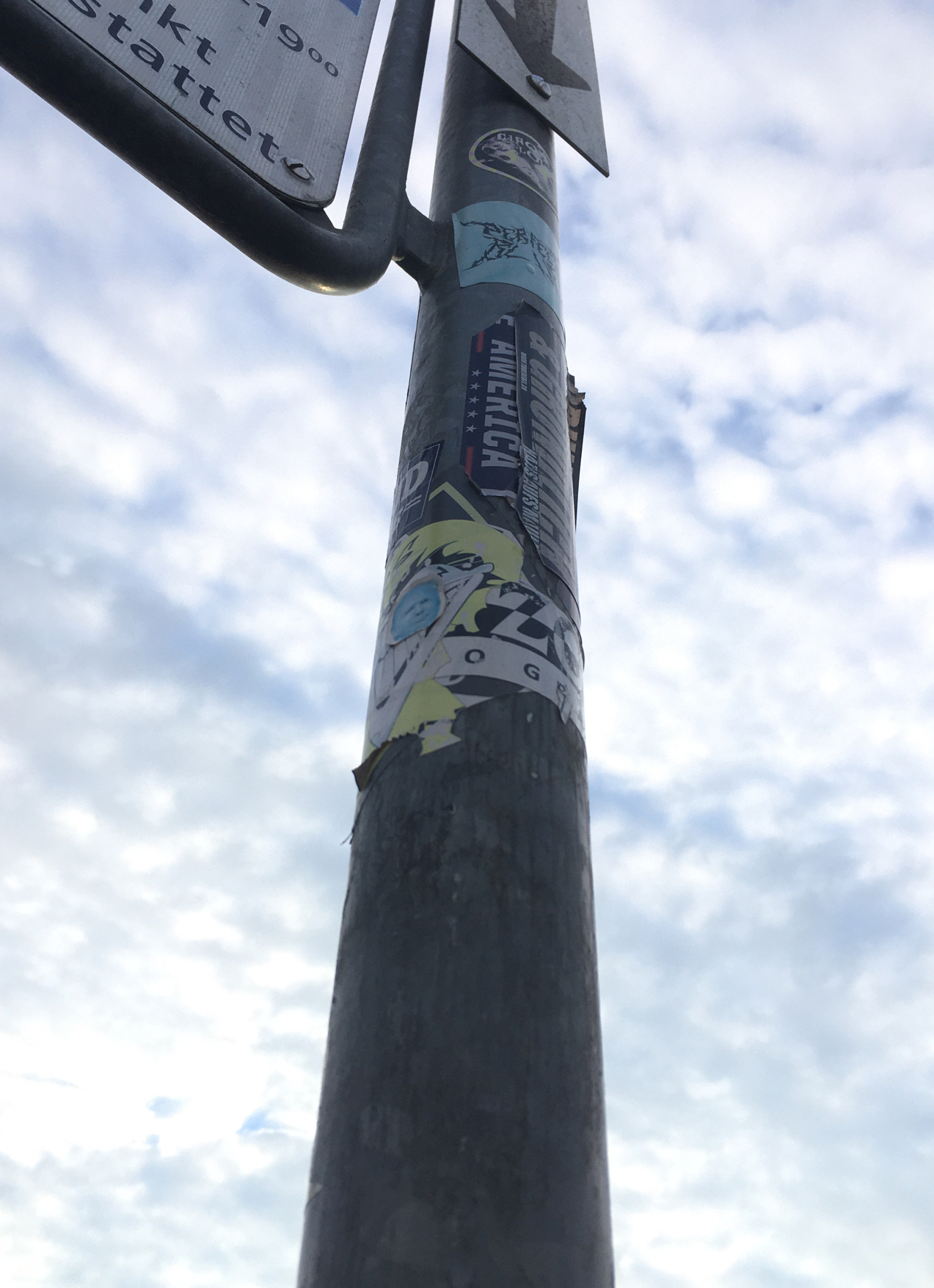
|
148978
|
|
Svizzera
Bern
|
|
|
—
|
|
|
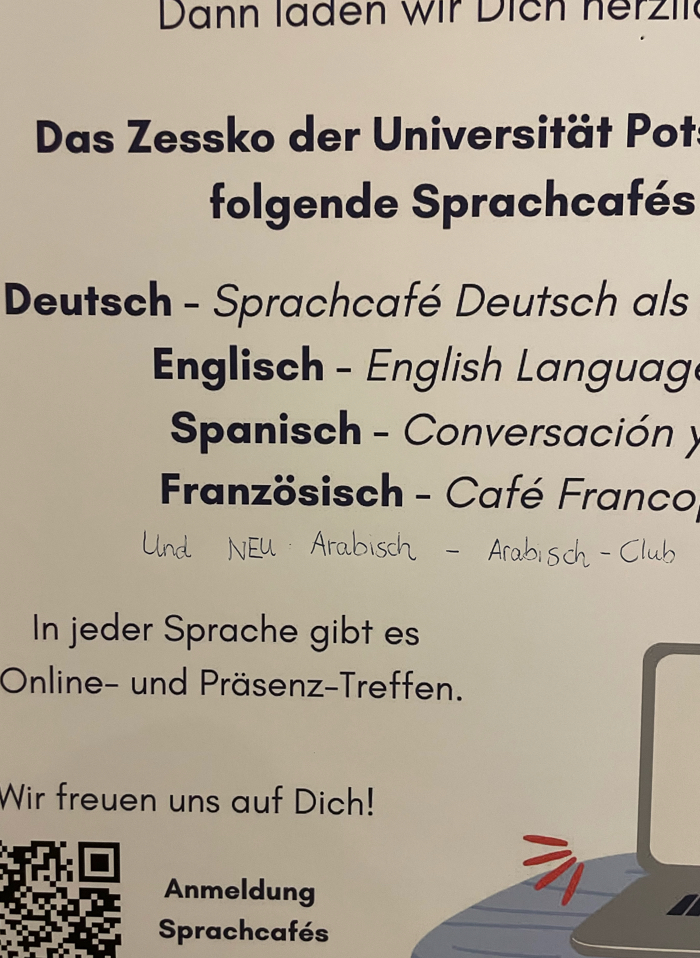
|
148977
|
LaGringa
|
Deutschland
Potsdam
|
|
|
—
|
|
|
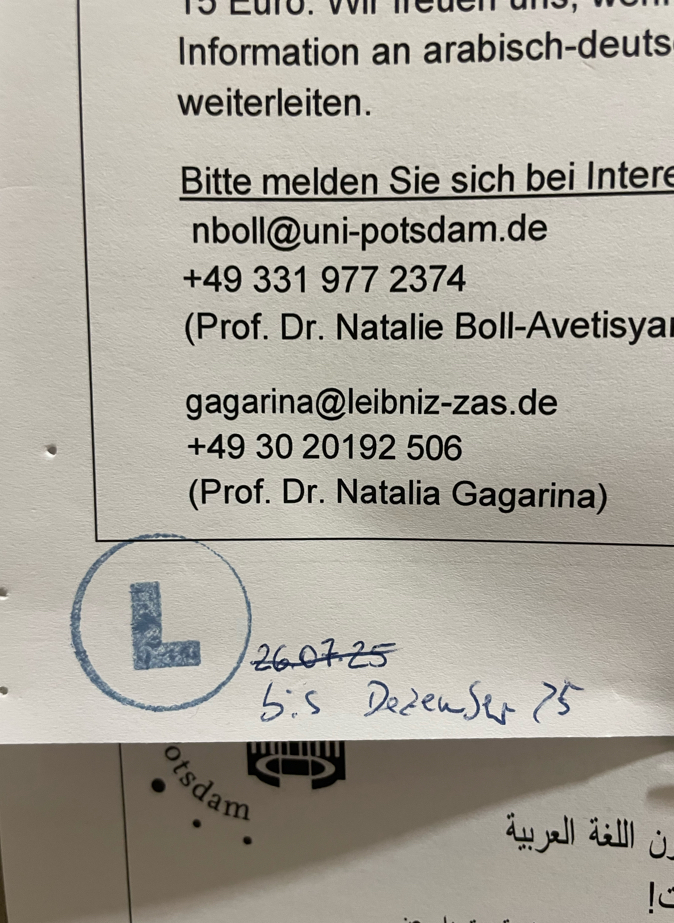
|
148976
|
LaGringa
|
Deutschland
Potsdam
|
|
|
—
|
|
|
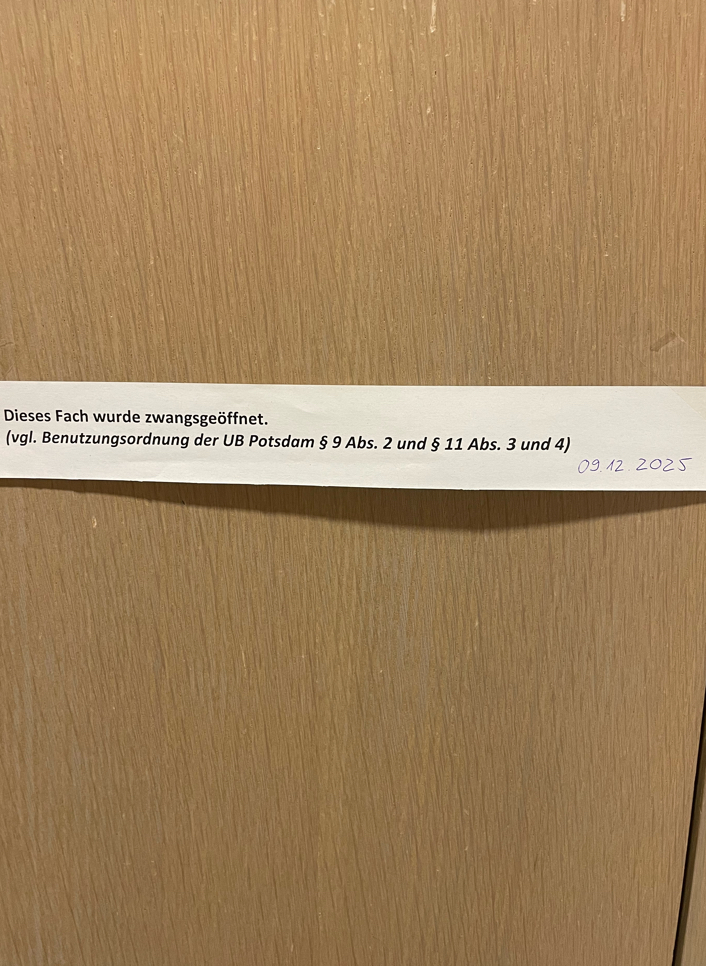
|
148975
|
LaGringa
|
Deutschland
Potsdam
|
|
|
—
|
|
|
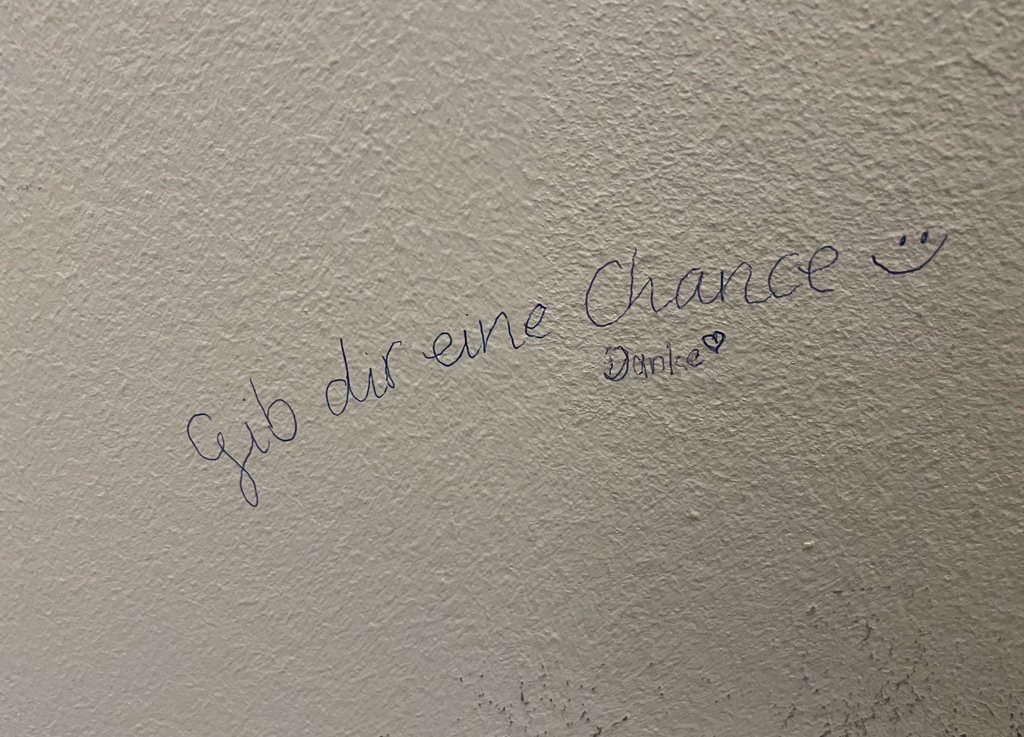
|
148974
|
LaGringa
|
Deutschland
Potsdam
|
|
|
—
|
|
|

|
148973
|
LaGringa
|
Deutschland
Potsdam
|
|
|
—
|
|
|
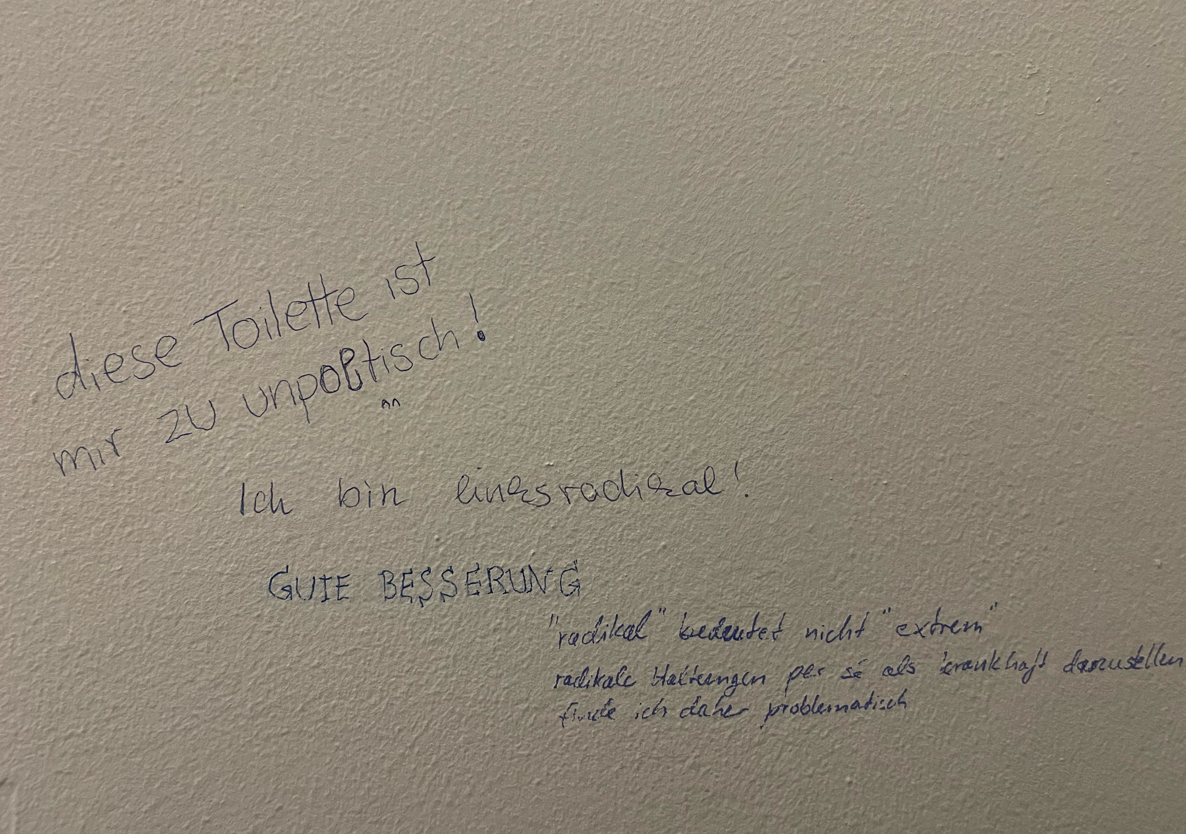
|
148972
|
LaGringa
|
Deutschland
Potsdam
|
|
|
—
|
|
|
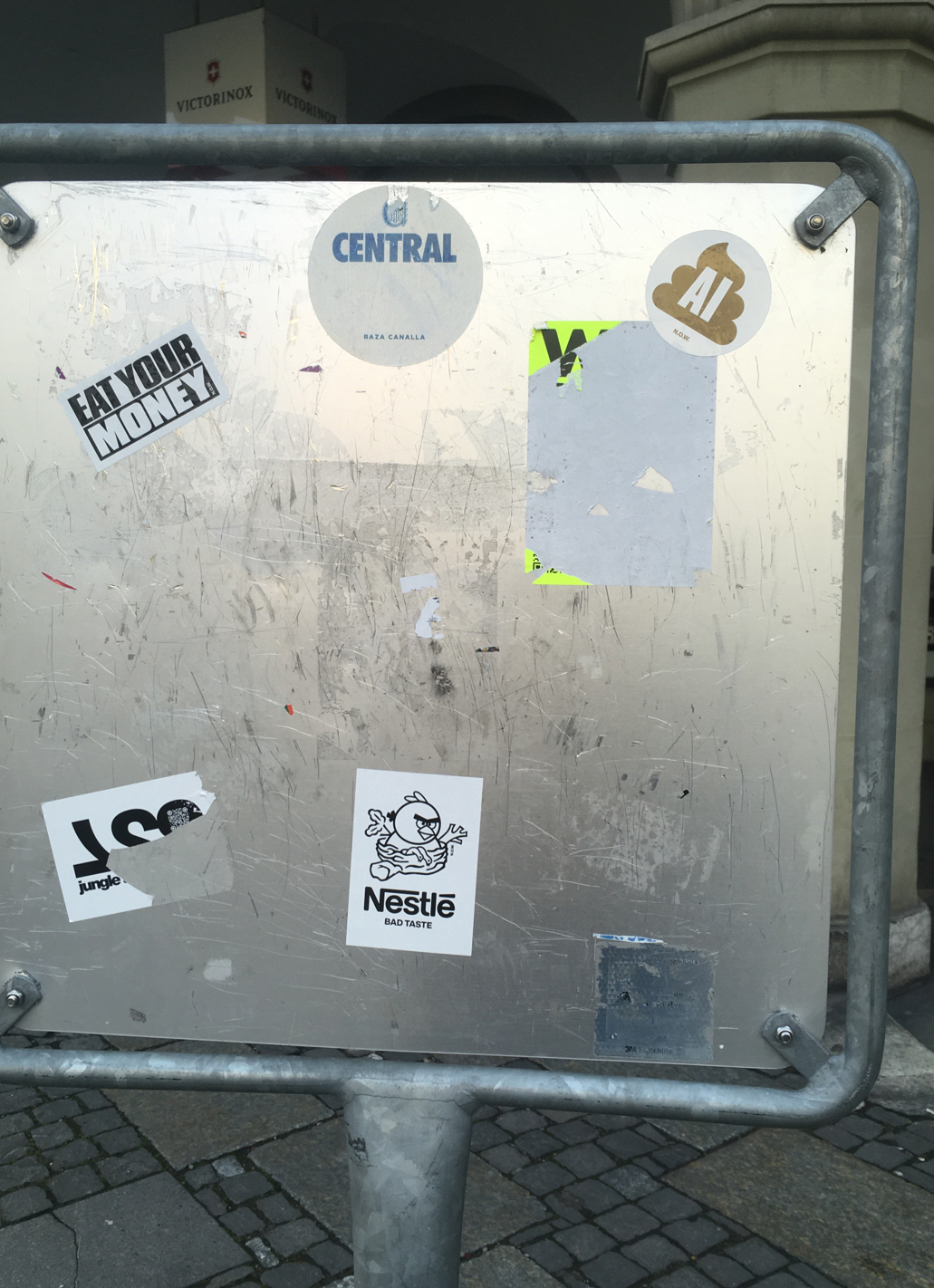
|
148971
|
|
Svizzera
Bern
|
|
|
—
|
|
|

|
148970
|
LaGringa
|
Deutschland
Potsdam
|
|
|
—
|
|
|
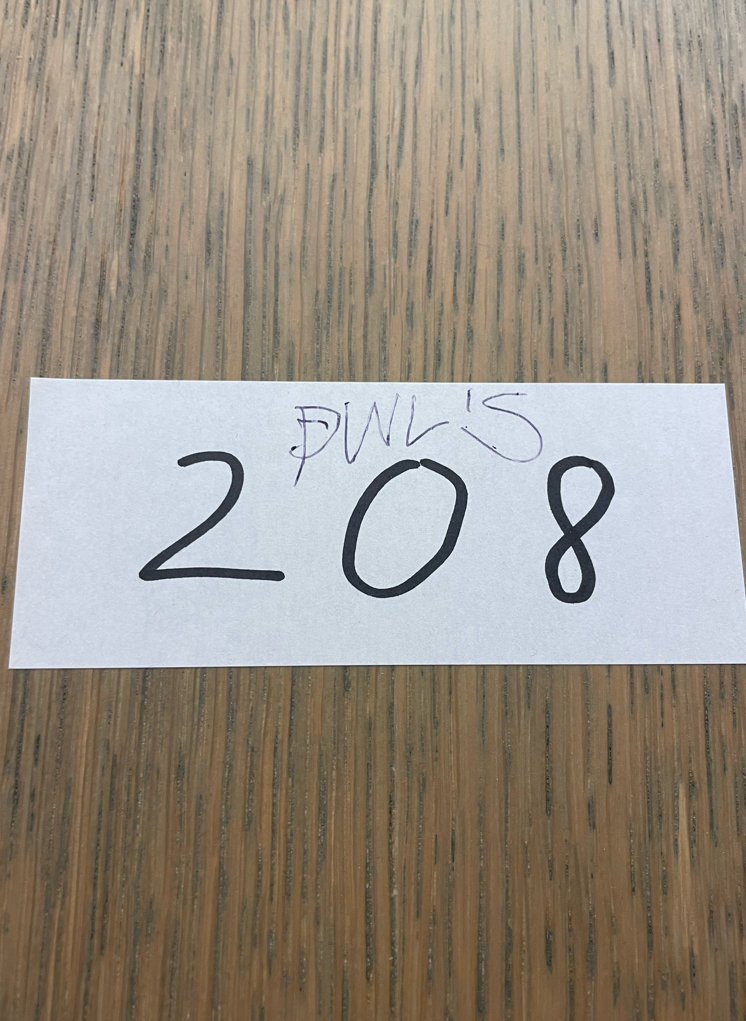
|
148969
|
LaGringa
|
Deutschland
Potsdam
|
|
|
—
|
|
|
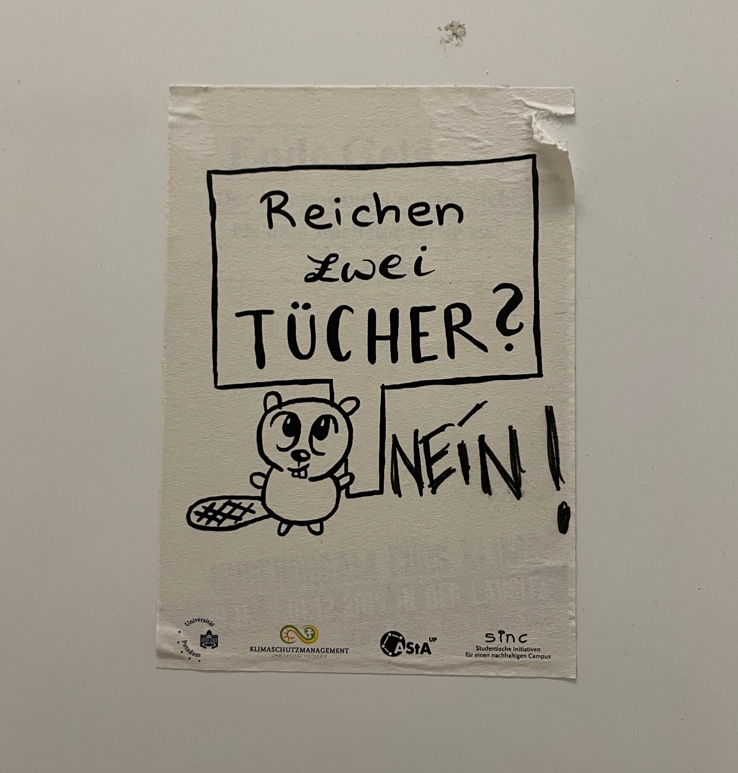
|
148968
|
LaGringa
|
Deutschland
Potsdam
|
|
|
—
|
|
|
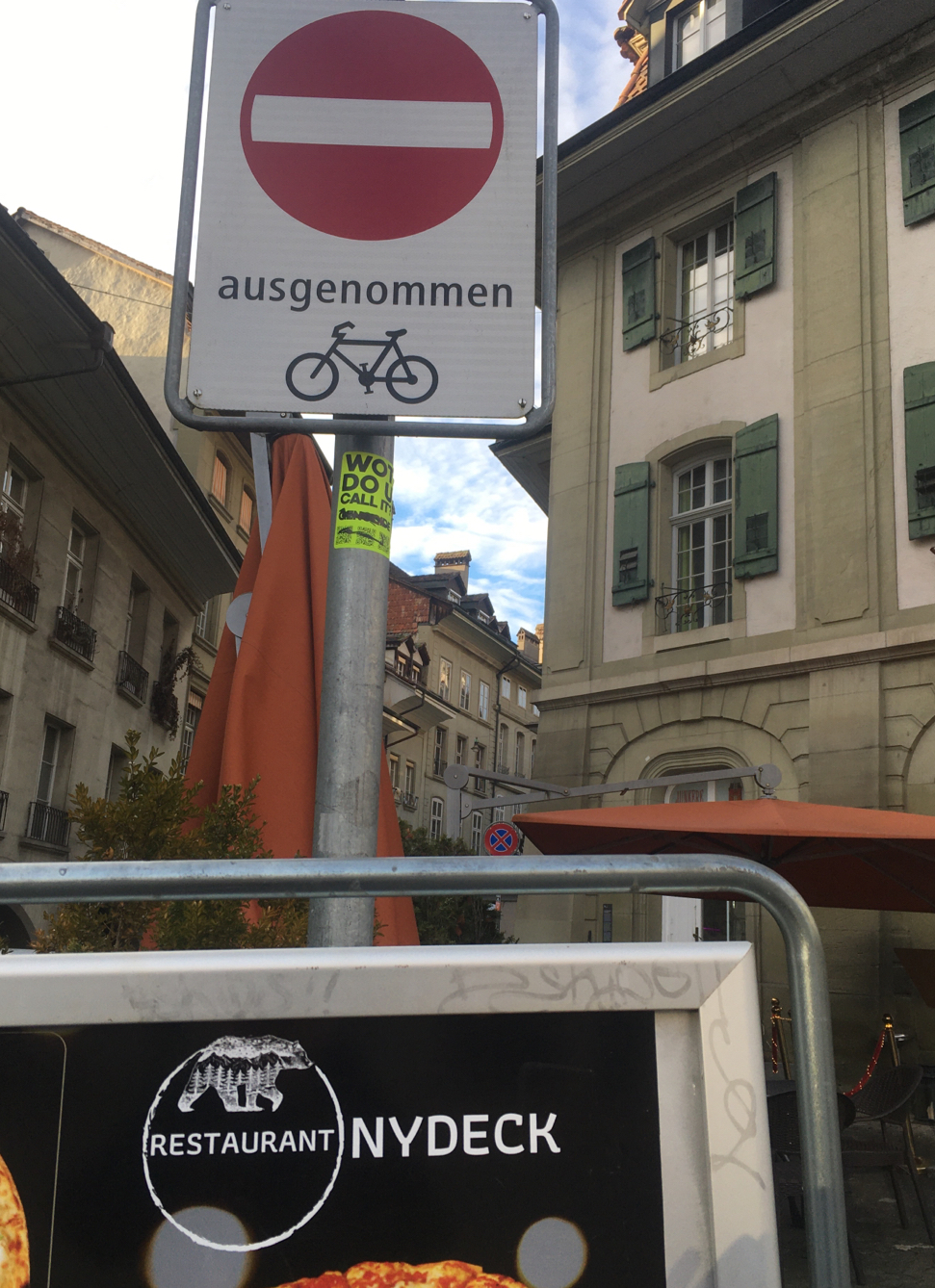
|
148967
|
|
Svizzera
Bern
|
|
|
—
|
|
|
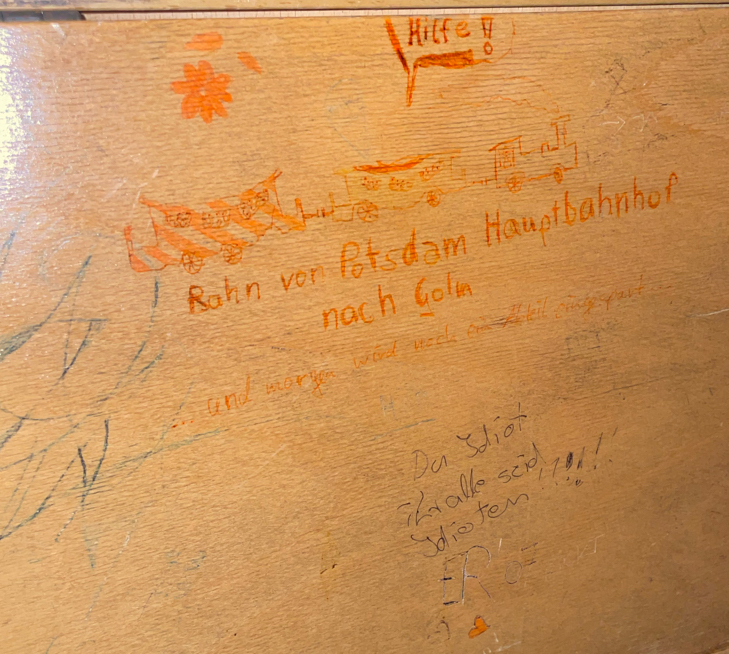
|
148966
|
LaGringa
|
Deutschland
Potsdam
|
|
|
—
|
|
|
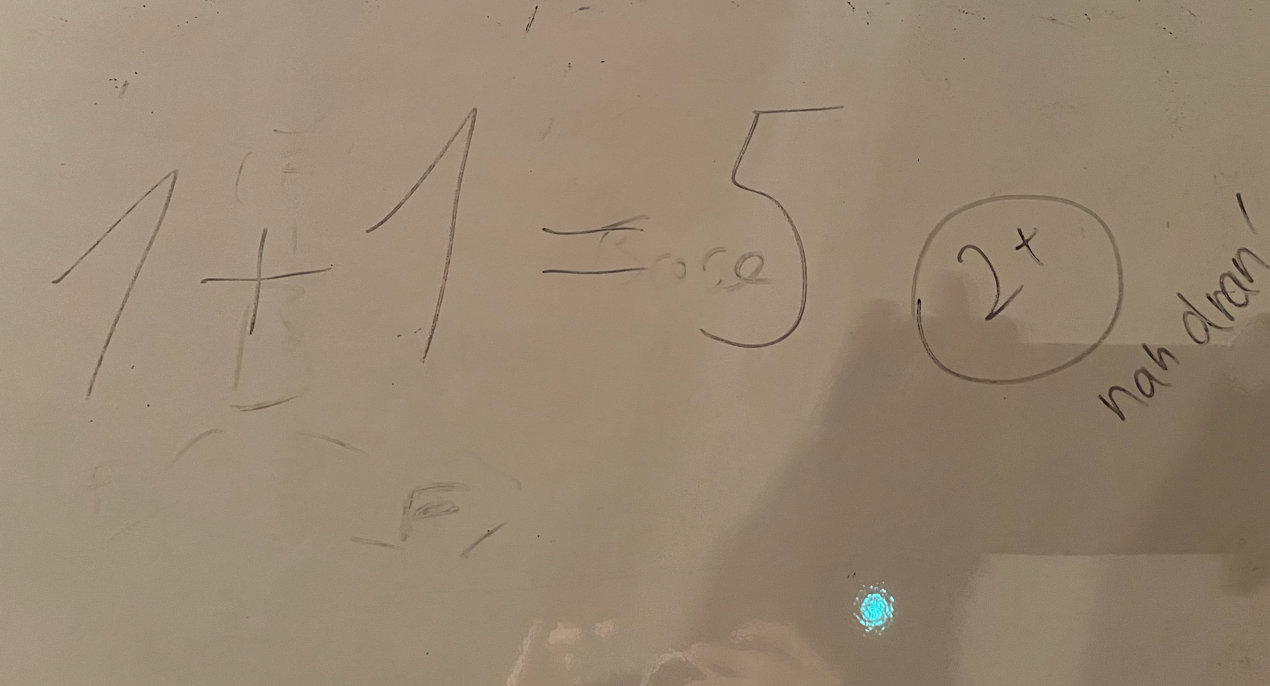
|
148965
|
LaGringa
|
Deutschland
Potsdam
|
|
|
—
|
|
|
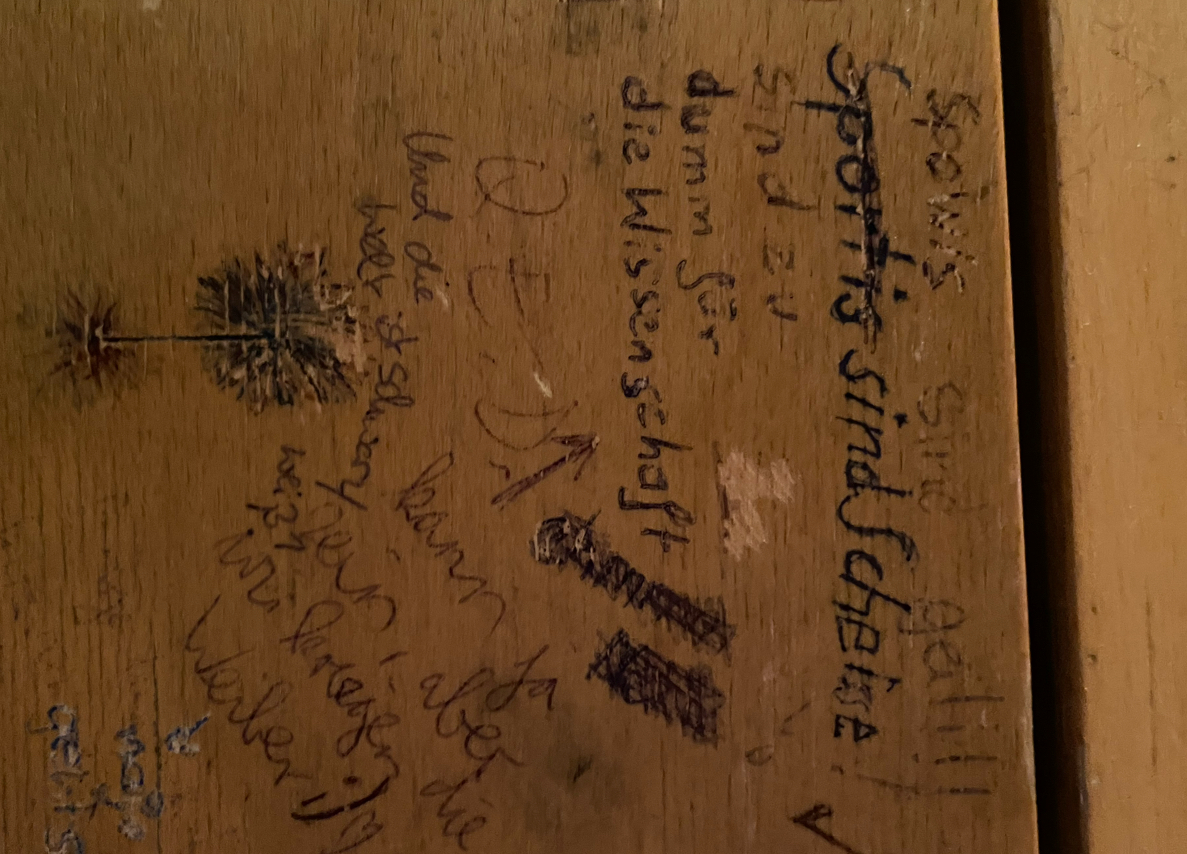
|
148964
|
LaGringa
|
Deutschland
Potsdam
|
|
|
—
|
|
|
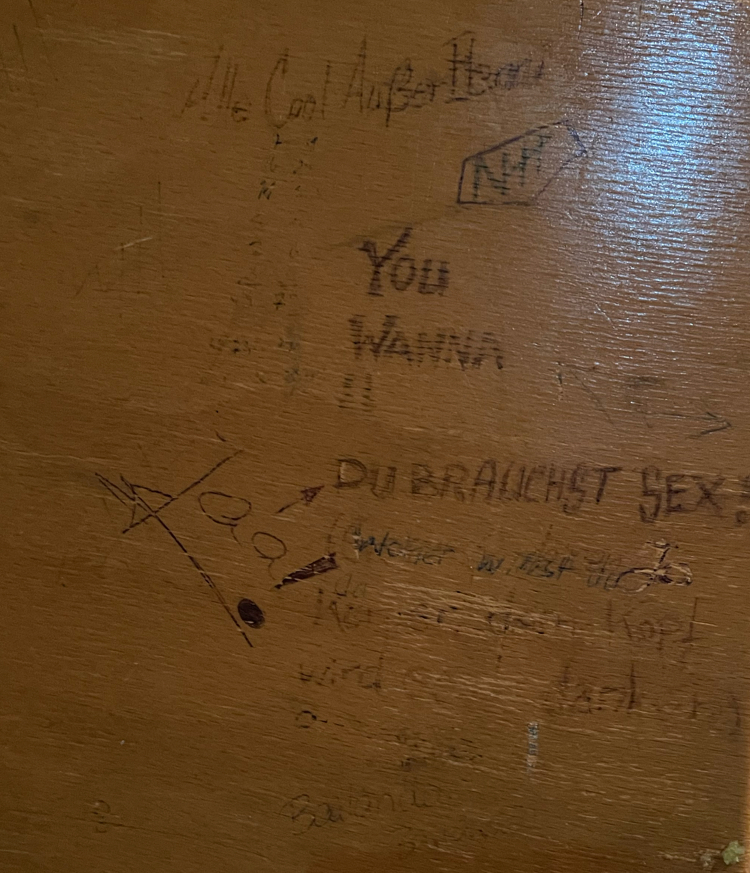
|
148963
|
LaGringa
|
Deutschland
Potsdam
|
|
|
—
|
|
|

|
148962
|
LaGringa
|
Deutschland
Potsdam
|
|
|
—
|
|
|
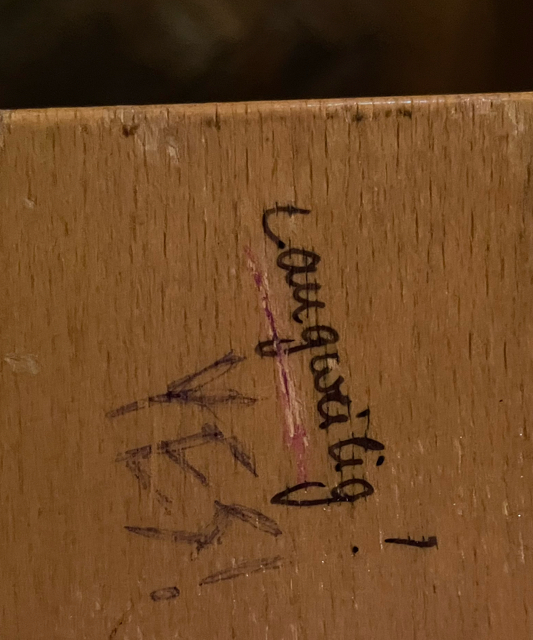
|
148961
|
LaGringa
|
Deutschland
Potsdam
|
|
|
—
|
|
|
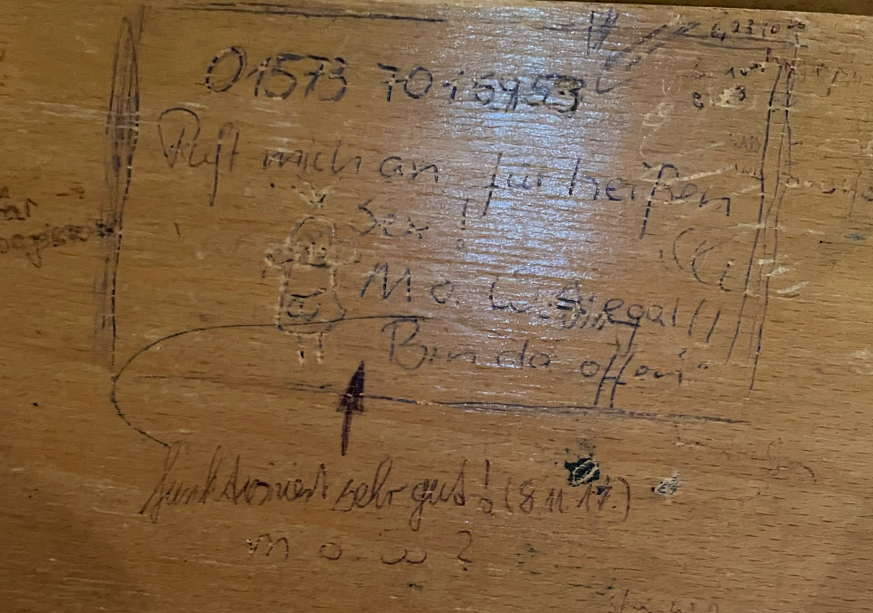
|
148960
|
LaGringa
|
Deutschland
Potsdam
|
|
|
—
|
|
|